Write Us
We are just a call away
[ LET’S TALK AI ]
X
Discover AI-
Powered Solutions
Get ready to explore cutting-edge AI technologies that can transform your workflow!

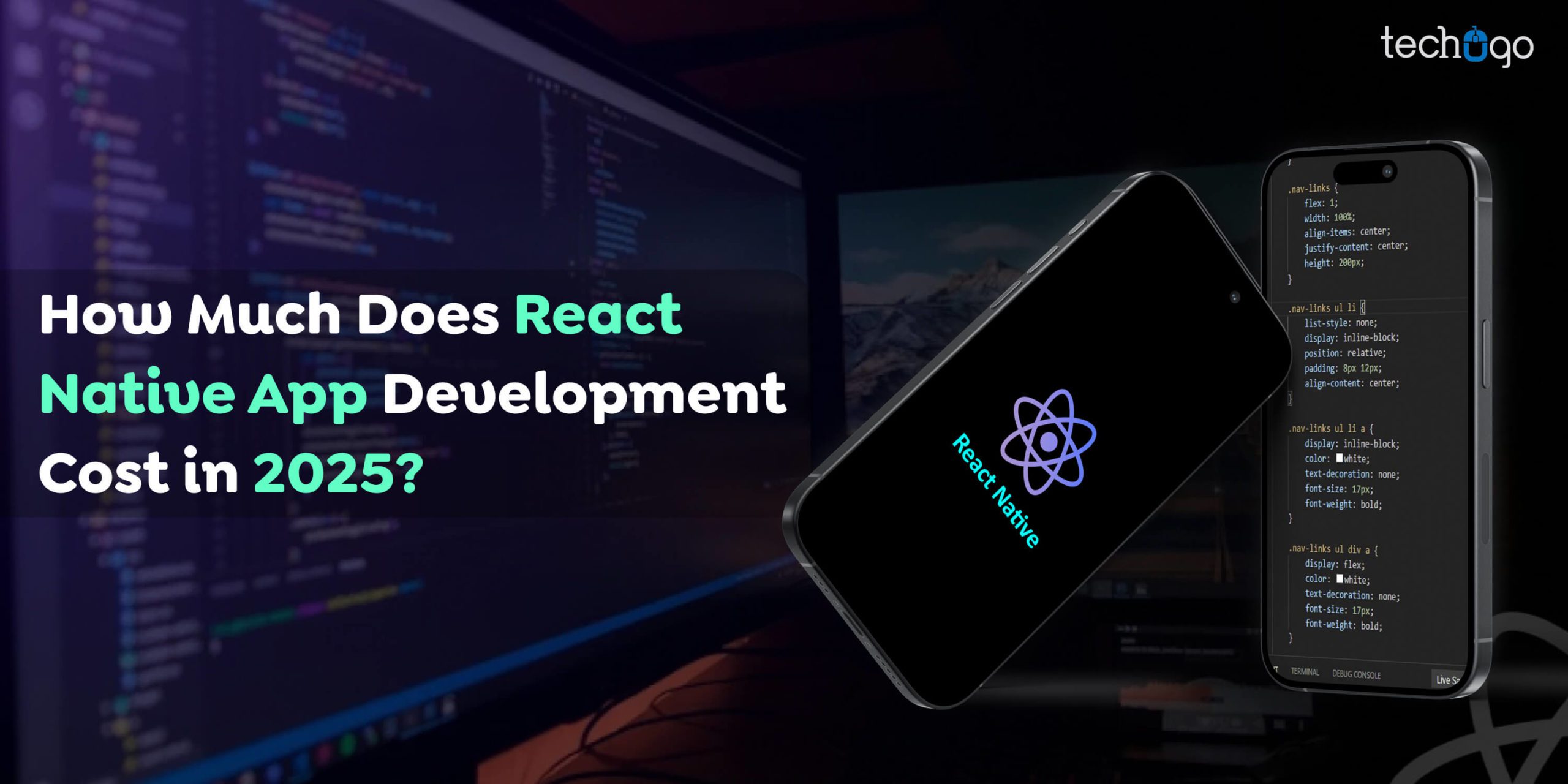
Do you plan to use React Native to build an app? React Native is a smart option for app development due to its many advantages. But what is the price of a React native app development? And what factors influence that cost? The development expenses for react native applications and their calculation methods are examined in this article, along with marketing strategies for cost reduction.
Mobile app developers working with React Native attain every required development tool to create successful mobile applications. It can be used on both Android and iOS platforms using one codebase. Moreover, it offers many benefits over other mobile app development platforms, like improved performance, flexibility, and a more straightforward user experience. Therefore, it is essential to think about React native app development.
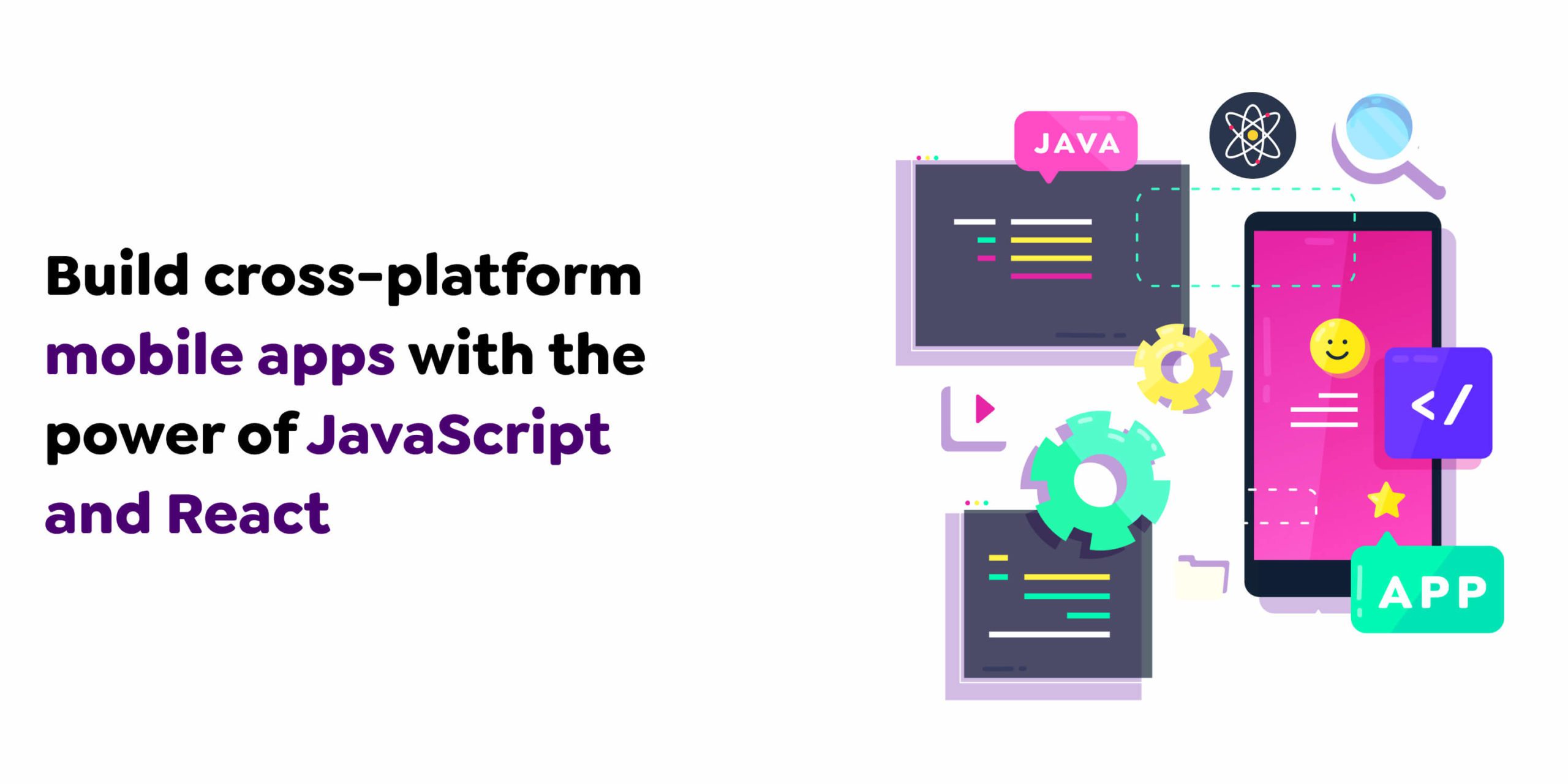
React Native is an open-source framework that allows you to build mobile apps with JavaScript and React. React Native allows developers to create native apps for iOS or Android using a single codebase. It offers performance and feels comparable to native apps. React Native uses native components rather than web parts as building blocks. This gives the app a natural look and feel. It is used widely by startups and enterprises. We’ll dive deeper to learn more about React Native’s benefits and drawbacks for app development.
Facebook used Shoutem for many years before creating React Native. It’s an app-maker platform that could use different languages as its basis. So, they decided to make it React Native and stop using other modern technologies.
Facebook updates React Native regularly and adds new features. But the majority of its development is done here. As a result, we now have React Native, a powerful tool for cross-platform development.
React Native, as we have already said, is a framework built upon JavaScript. It’s designed to provide React native app solution for different operating system platforms. React Native uses a bridge to allow it to be used on both iOS and Android. It creates the connection between native APIs and written code.
React Native’s architecture is the first reason developers chose it. React Native has been supported by a large community over the years it has been on the market. It also provides experts with many valuable tools, as Facebook supports it. React Native app development company is an excellent choice for professional and aspiring developers. It reminds you of other environments that allow for hybrid development.
React Native, unlike many cross-platform frameworks that rely on web view, uses rendering APIs. This allows for better performance and a native view at the same.
We have many other advantages to hybrid development besides the ones mentioned. These include reduced development time and mobile app development cost in 2025, more straightforward implementation, and more accessible updates. They are all already known, and we won’t repeat them.
React Native has its disadvantages:
These are common for React Native and other hybrid frameworks. But, it may be different from other frameworks and thus more efficient. Flutter, for example, has a large file size but is almost twice the size of the average React Native application.
React Native and Flutter significantly differ in how they handle problematic debugging. Flutter makes it fast and straightforward to Hire React Native app developers who need third-party solutions. There are many plugins available for debugging. Flipper and React Native Debugger are two examples.
These tools will help you increase your productivity in React Native development. In addition, these tools provide experts with all the necessary tools to debug. Flipper, for example, provides a desktop view of mobile apps so that all UI elements can be easily accessed on one page.
React Native is supported by the IT community and Facebook despite the fierce competition between Flutter and React Native. As a result, many companies have adopted React Native and are now enjoying its full benefits.
Also Read : How to Determine Flutter App Development Cost?
React Native app development costs in 2025 vary widely depending on several key factors. Here’s an updated breakdown:
In 2025, the cost to develop a React Native app can range from $10,000 to $100,000 or more, depending on these factors. To ensure the best value, you must hire reactjs app developers; obtaining quotes from multiple developers and clarifying your specific requirements upfront are crucial.
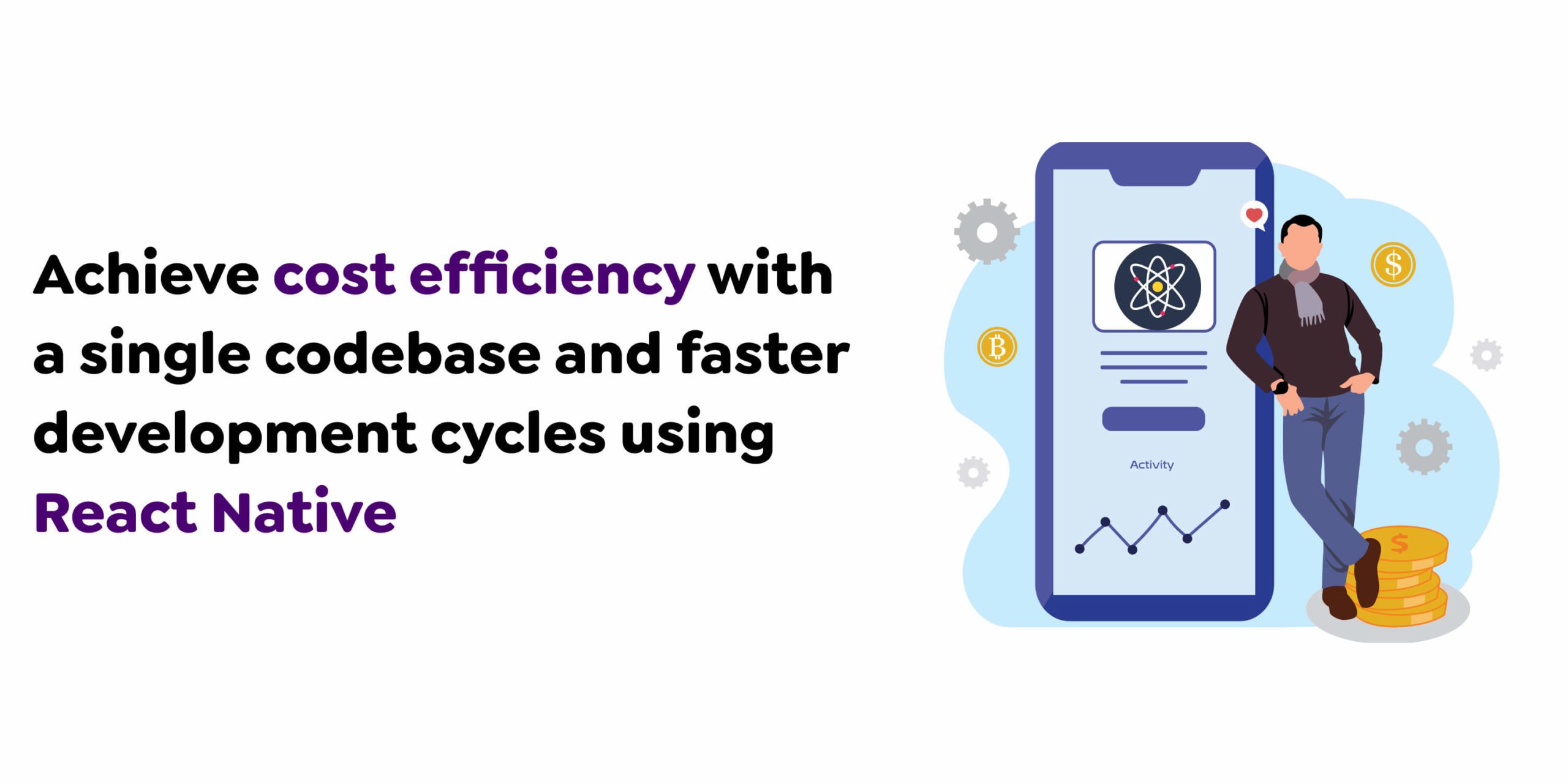
These are just a few reasons React Native is an excellent choice for your mobile app. They also guarantee a high ROI and reduce costs.
React Native app developers’ services allow you to get all application versions on the targeted operating systems simultaneously. This not only reduces the cost of developing a React native application but also saves time and effort.
React Native app development requires only one team. This contrasts native app development, which requires two groups – iOS and Android.
Developers can speed up the development process with React Native frameworks. They have a framework from which they can work.
Native app developers will only do half of the work because they use shared code to create Android and iOS versions.
React Native app maintenance costs include design changes, bug fixes, and upgrades. However, it does not stop there. React Native allows you to build cross-platform apps. There is one app to maintain for both iOS and Android. The React Native mobile app development process is simplified with a single codebase and cross-platform app. This reduces maintenance costs and lowers cost estimates.
React Native is an open-source project that provides ready-made solutions and libraries to solve development problems. Developers in their community have access to these libraries and ready-made solutions. This simplifies the development process, allowing developers to spend more time writing bug-free code.
Developers can use React Native libraries or component libraries like Lottie, Teaset, and many more to help them deploy apps faster, which benefits their businesses.
React allows you to create customer-centric apps with minimal investment. This saves developers time and money. Developers can easily add functions to Android and iOS platforms using third-party plugins. React Native allows developers to easily integrate plugins into the module to create mobile apps that are seamless, feature-rich, and quick to develop.
Also Read : The True Cost to Develop a Flutter App: Unlocking Growth and Success
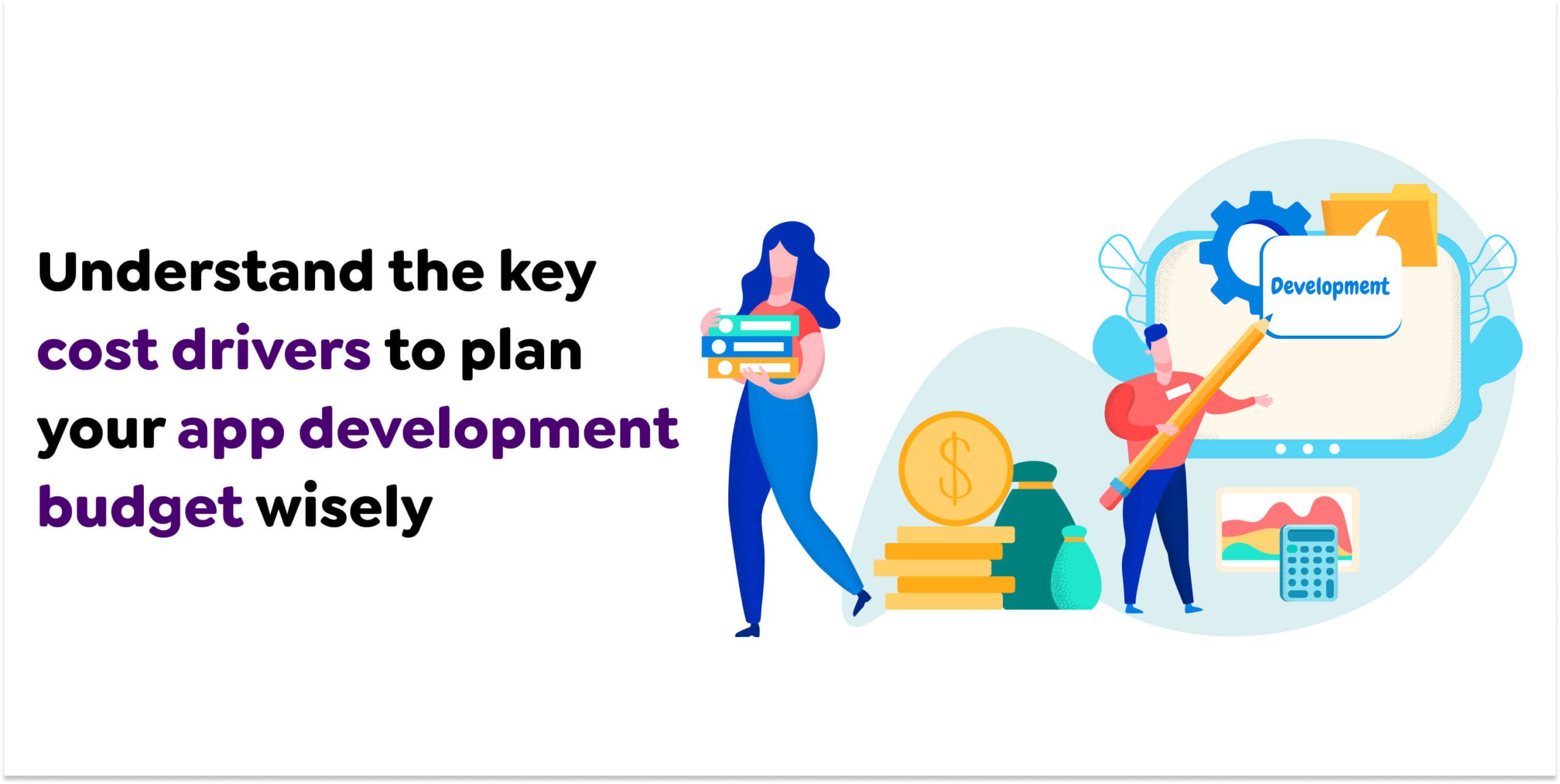
These are five factors that can raise the price of app development.
React native app development costs in India can rise if you need to create a custom design or user experience. This is because it takes more time and resources from the development team.
1. Development Team: Hiring an experienced team skilled in the latest technologies impacts costs but ensures a high-quality app.
2. Advanced features: App development can be more expensive if you add advanced features like real-time updates and complex animations or integrations with third-party APIs.
3. Multiplatform development: An app can be developed for multiple platforms (e.g., the Best mobile app development company for various platforms (e.g., Android and iOS), which will raise the app’s price. The same features must be used on both platforms.
4. Integrations with third-party APIs and services: Third-party integrations can increase app development costs as they require additional time and resources.
5. Support and maintenance: This additional cost can significantly increase the cost of app development.
These factors can significantly impact the cost of developing your app. A reputable development company can help you identify and solve potential cost drivers. A clear understanding of app development costs can help you make informed decisions and ensure you have the resources and budget to bring your app to fruition.
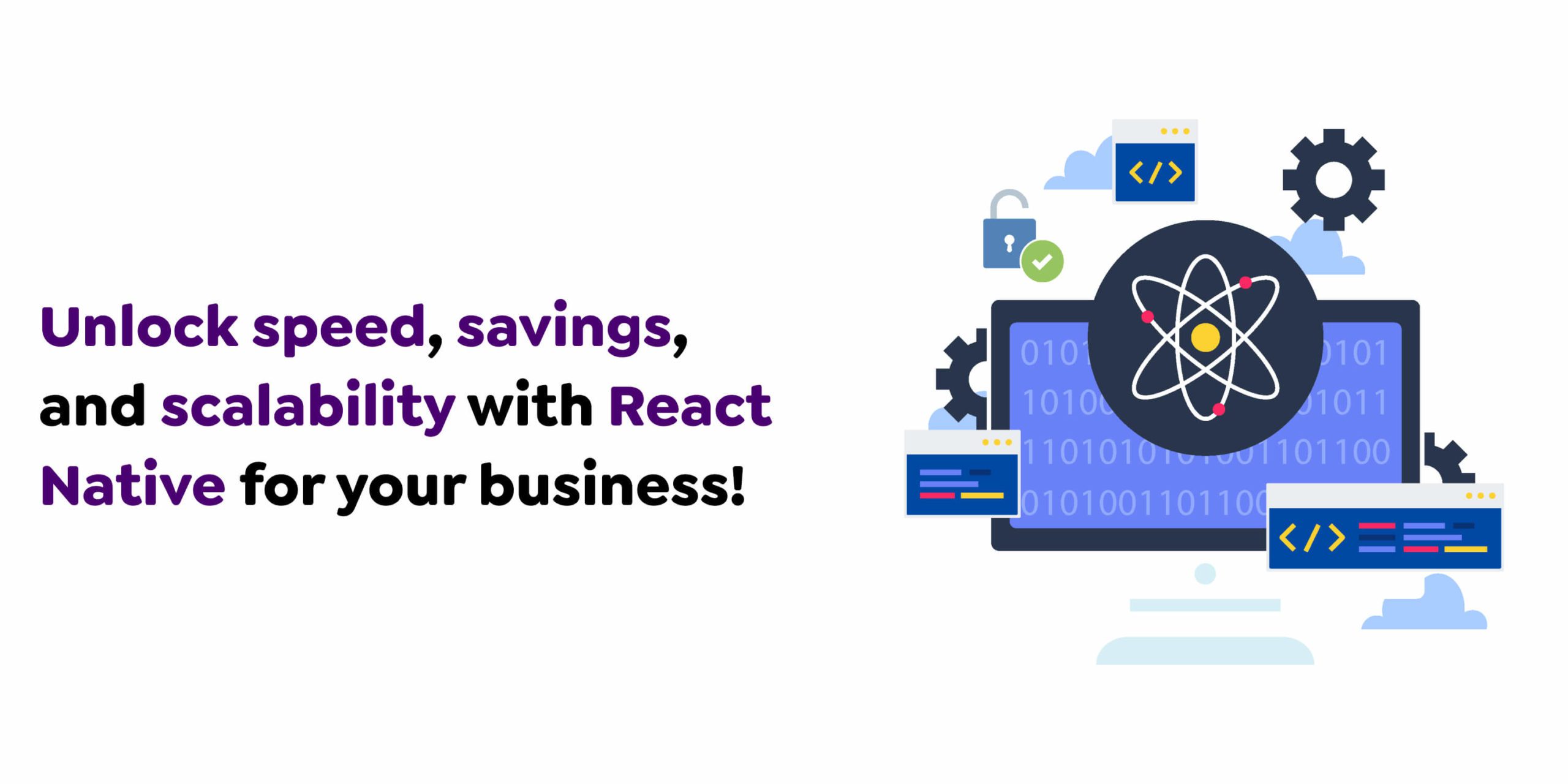
The most challenging task in application development is choosing the latest technology. React Native can be the right fit if you evaluate your needs and budget in advance. These are just a few of the many benefits it provides businesses.
React Native allows you to create one app for each platform. This includes time spent fixing and improving them. The best part is that developers don’t need to rewrite the entire code. This makes migration easier, quicker, and more efficient.
More than having a great idea for an app is required; you must test it in actual market conditions. React Native can help you quickly build an MVP on iOS and Android.
React Native is your friend when it comes to staying ahead in the market by constantly updating and making changes. React Native reduces your development time by almost half, with nearly 90% of the code being reused between iOS and Android. Although you must make frequent changes, React Native offers an excellent application that backs up reusable parts.
Developers must consider the cost of developing an app. React Native reduces the chance of running over budget.
An application’s success depends on its user experience. React Native is responsive and has many components that influence positive customer perception.
React Native was founded in 2015 and has grown over the years. An extensive community now supports it. It’s stable and has solved most of the common problems. In addition, it is safe from using untested technology.
React Native is a popular choice for developers all over the globe. This makes it easy to find specialists to manage the project.
Need detailed insights on cost of app development? Hear from our industry expert!
Also Read : What is the cost to build a mobile app in the UAE?

React Native has become a leading choice for building mobile applications because it can create cross-platform app development with a single codebase. However, the development process involves more than just coding. Here’s an extended guide that takes you through all the essential steps to build a successful React Native app:
The foundation of a great app starts with a clear understanding of:
For example, if you’re creating a fitness app, features like activity tracking, goal setting, and progress monitoring might be essential.
Building a mobile app is an investment of both time and money. To ensure a smooth process:
A clear financial plan ensures you stay on track and avoid unexpected expenses.
Visualizing your app is a critical step before diving into development:
These visual aids help you identify design flaws and ensure the app’s functionality aligns with your goals.
Getting user feedback early in the process can save time and resources:
Incorporating feedback ensures that your app is user-centric and addresses real-world needs.
A landing page is essential for creating buzz before and after your app’s launch:
Tools like WordPress, Wix, or Webflow make creating attractive and functional landing pages easy.
To turn your vision into reality, you need the right team:
If you’re on a tight budget, consider hiring freelancers or partnering with a professional app development agency.
React Native provides a flexible ecosystem for app development. Some essential tools include:
Selecting the right tech stack ensures scalability and performance.
Follow a structured approach to development:
Agile development methodologies can streamline the process by breaking it into smaller, manageable sprints.
Comprehensive testing ensures your app functions smoothly across devices and scenarios:
Testing should cover both Android and iOS platforms to deliver a consistent experience.
Before releasing the app, optimize it for performance:
Conduct a final review to ensure everything meets your quality standards.
When your app is ready:
Post-launch, focus on continuous improvement:
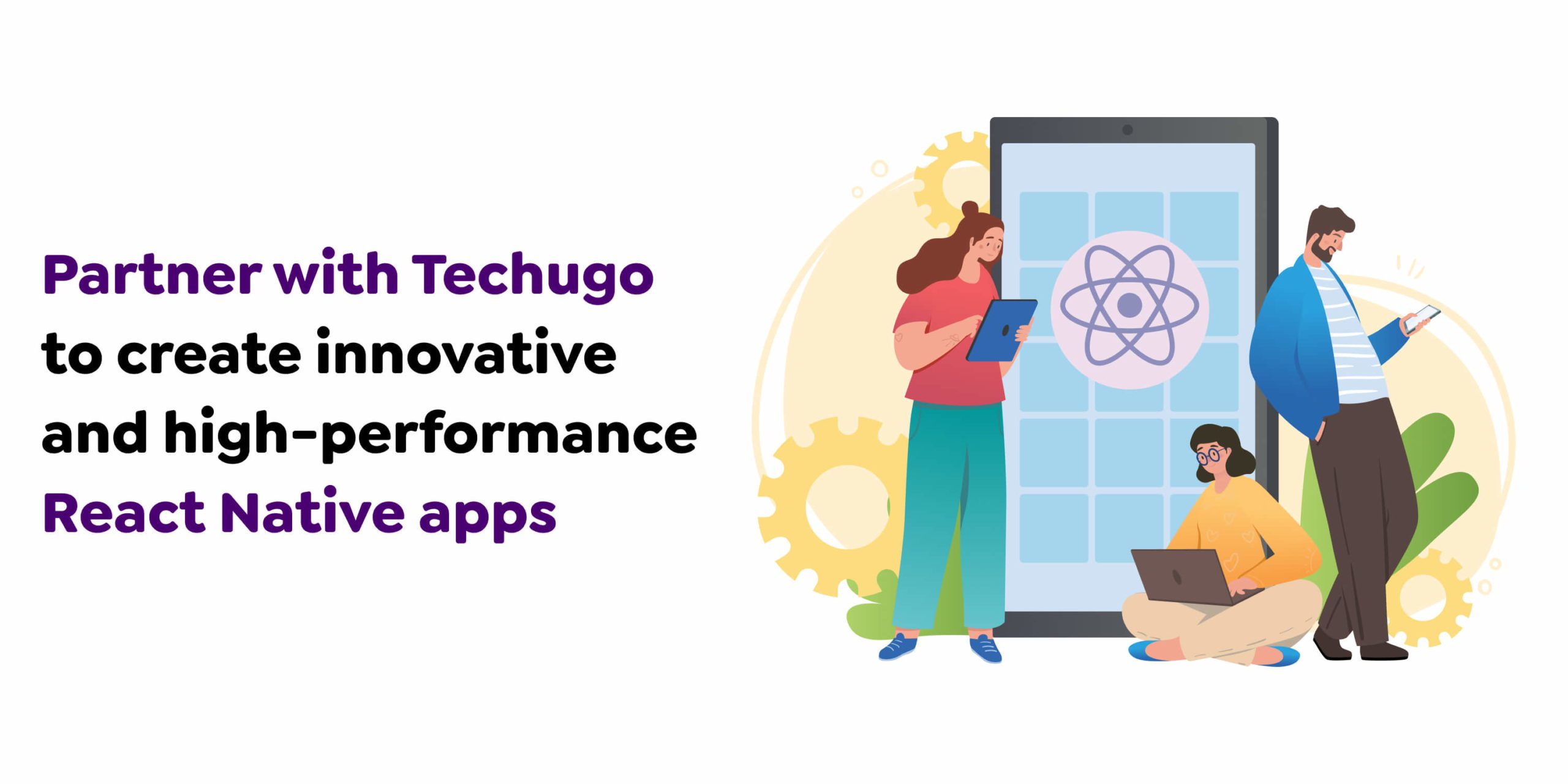
Techugo is highly proficient in building React Native applications due to its expertise in leveraging the framework’s features for creating cross-platform, scalable, and high-performance mobile apps. Here are the key reasons why Techugo excels in React Native development:
Techugo’s team consists of skilled developers with extensive experience in React Native. Their knowledge of JavaScript, React, and native development ensures seamless integration of platform-specific features.
React Native enables developers to write code once and deploy it across iOS and Android. Techugo’s developers optimize this capability to reduce development time and costs without compromising quality.
Techugo employs advanced techniques like optimizing app performance, reducing load time, and using native modules to enhance user experience and efficiency.
The company offers tailored solutions by integrating React Native with APIs, third-party libraries, and advanced tools to meet specific business needs.
Techugo follows an agile methodology for React Native projects, ensuring continuous collaboration, transparency, and flexibility to adapt to changing requirements.
React Native’s capability to build intuitive interfaces is amplified by Techugo’s design team, which focuses on delivering visually appealing and user-friendly apps.
Techugo emphasizes rigorous testing during the development process. They use tools like Jest, Detox, and Appium to ensure the app is bug-free and performs well on all devices.
Techugo has a history of successfully delivering React Native projects for industries such as fintech, healthcare, e-commerce, and more, showcasing their ability to handle diverse requirements.
For features that require native functionalities, Techugo’s team smoothly integrates native code into React Native applications, ensuring seamless performance.
The company provides comprehensive post-development support and updates, ensuring that React Native apps remain competitive and up-to-date with market trends.
By combining deep technical expertise with a customer-centric approach, Techugo ensures that its React Native solutions meet the highest standards of quality and innovation.
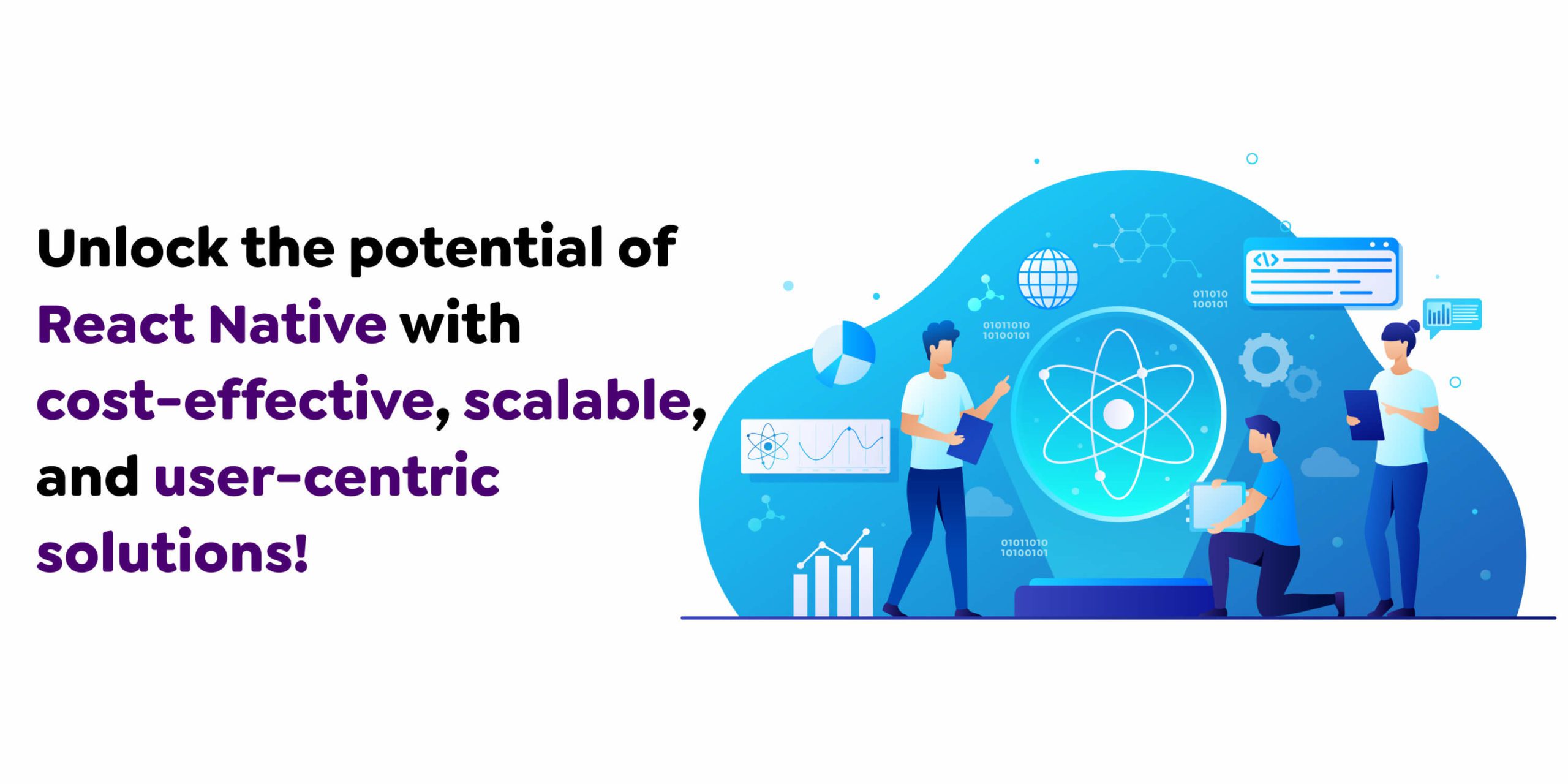
We have all the React native app solutions you need for your business. React Native app development services are a cost-effective option for app development. It allows developers to create cross-platform apps using a single codebase. However, React Native’s cost-effectiveness will depend on many factors, including the app’s complexity, the number of platforms supported, integration with third-party services, and ongoing support. To ensure your app is successful, it’s crucial to consider all factors and work with a trusted development team. You should also thoroughly research and compare options to find the right team.
Get in Touch with us to know more…
Write Us
sales@techugo.comOr fill this form